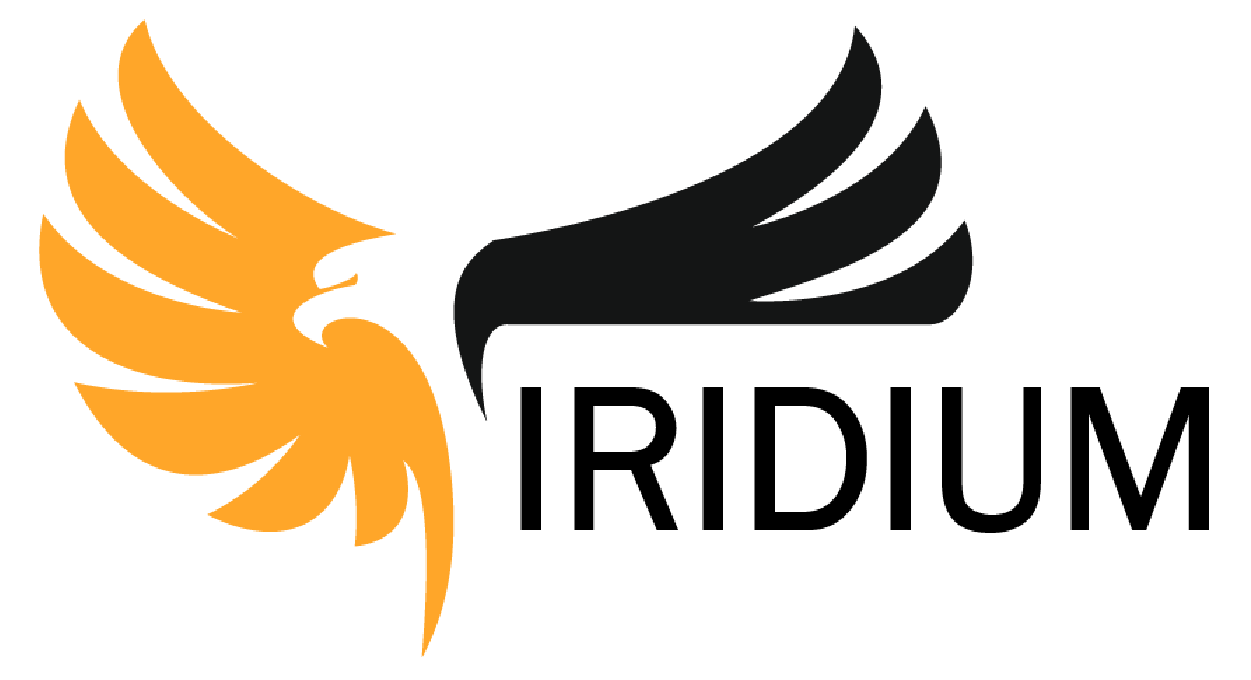Overview
Technology is ever-changing and evolving. For that reason, you need to constantly upgrade your IT Hardware every 2 to 3 years. You then are faced with a problem: what should you do with all the old equipment?
With the advance of new technologies, many companies have moved to cloud-based systems.
Obsolete IT equipment, potentially containing sensitive data, remains in storage – instead of being securely erased and examined for any additional value they might have.
Working with an IT asset disposition (ITAD) vendor is one of the most important investments you can make to help protect the image you worked so hard to maintain.
IT asset disposition (ITAD) is an essential component of safe and secure enterprise computing in today’s device-driven age.
If you’re a manufacturer, your company’s success depends heavily on how other companies perceive you.
As manufacturers it’s important to choose a reputable IT asset.
Sometimes getting rid of obsolete equipment
“out of sight, out of mind”
is the quickest and easiest way to get rid of it.
This can lead to missed opportunities and increases cost.
The demand for new and updated IT assets has led to the need for the proper disposal of outdated equipment. Prevention of e-waste from polluting the environment is vital, and a successful IT Asset Disposition strategy helps organizations generate value from their IT assets and minimize risk.
The global e-waste management market was estimated to be $41.97 billion in 2019 and is expected to reach $102.62 billion by 2027. (The Global e-waste Monitor 2020)
In 2019, the Sustainability Journal reported that only 15% of accumulated e-waste was ethically recycled. The report also informed that the value of recycled e-waste was $57 billion, including gold, copper, and iron.
Technology is ever-changing and evolving; therefore, you should always find yourself upgrading your IT Hardware on a 2 to 3-year life-cycle. You then face a problem: how do you solve the problem of what to do with all the old equipment?
Today, many companies have moved to cloud-based systems. Old IT equipment potentially containing sensitive data remains in storage – instead of being securely erased and examined for any additional value they have.
